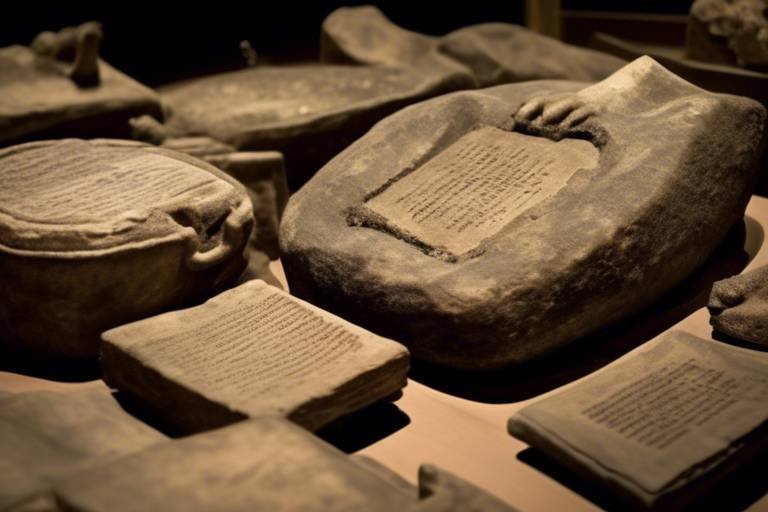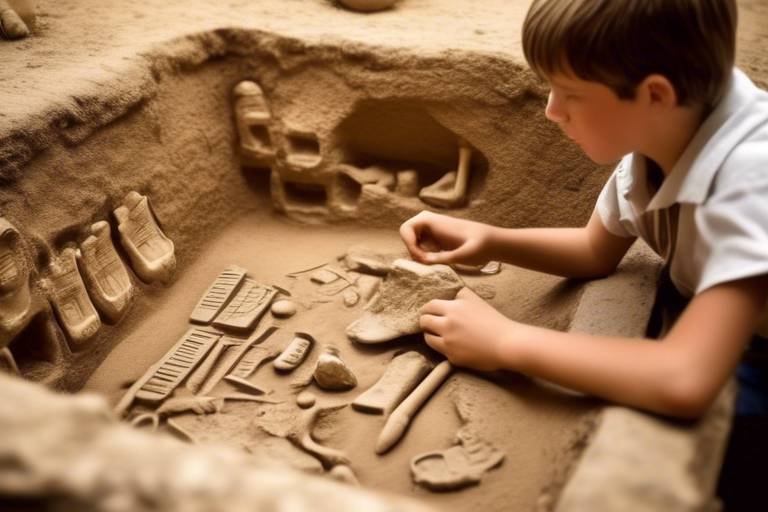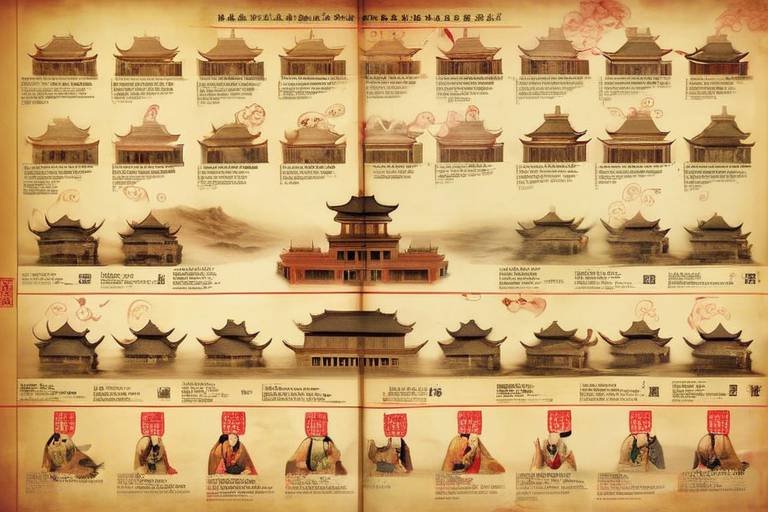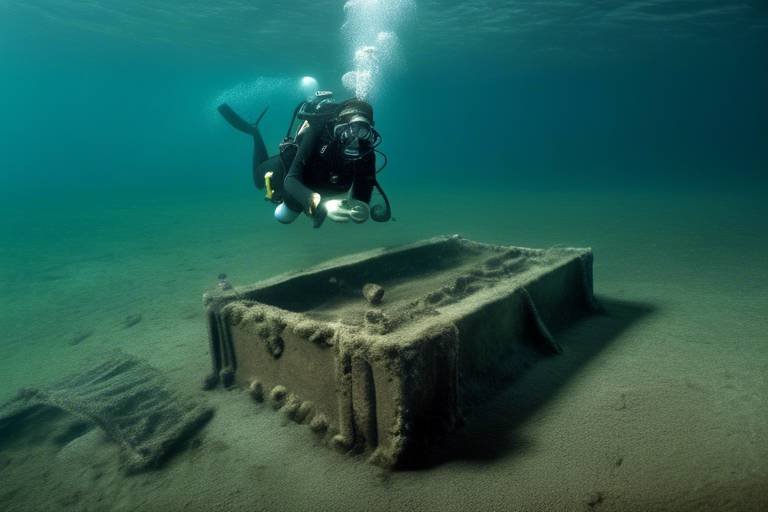The Dilemma of Repatriation of Artifacts
The repatriation of cultural artifacts to their countries of origin is a complex and multifaceted issue that raises profound ethical and legal dilemmas. On one hand, there is a growing recognition of the need to address historical injustices and return cultural treasures to their rightful owners. On the other hand, there are challenges in determining ownership, preserving cultural heritage, and navigating the intricate web of international laws and agreements.
Historically, many artifacts were acquired through colonial conquests and exploitative practices, leading to their display in museums and private collections around the world. This legacy of colonization has fueled debates about the rightful ownership of these objects and the responsibilities of institutions that house them.
International laws and agreements, such as UNESCO's 1970 Convention and the Native American Graves Protection and Repatriation Act, play a crucial role in guiding repatriation processes and establishing legal frameworks for the return of cultural heritage. These instruments provide a basis for addressing ownership disputes and ensuring the protection of indigenous rights.
One of the major challenges in repatriation efforts is the identification of rightful ownership. Issues of provenance, cultural significance, and conflicting claims between nations and indigenous communities often complicate the process of determining where artifacts belong.
Moreover, the decisions regarding repatriation have a significant impact on cultural heritage preservation. While displaying artifacts in global museums can enhance public awareness and appreciation, returning them to their original contexts is essential for their conservation and the preservation of cultural identities.
From an ethical standpoint, repatriation raises important questions of restitution, justice, and respect for indigenous rights. Museums and institutions face moral obligations to address historical wrongs and engage in meaningful dialogue with affected communities.
Community involvement and consultation are crucial aspects of repatriation processes. Engaging with local stakeholders and indigenous groups ensures that decisions are made collaboratively and with mutual consent, fostering trust and respect in the repatriation efforts.
In the modern era, there have been notable case studies and initiatives demonstrating successful returns of artifacts to their countries of origin. Museums and governments are increasingly adopting new approaches to repatriation, emphasizing transparency, cooperation, and cultural diplomacy.
Looking ahead, there is a need for enhanced transparency, cooperation, and cultural diplomacy in repatriation practices. By fostering global understanding and reconciliation, we can pave the way for resolving disputes and promoting the shared heritage of humanity.
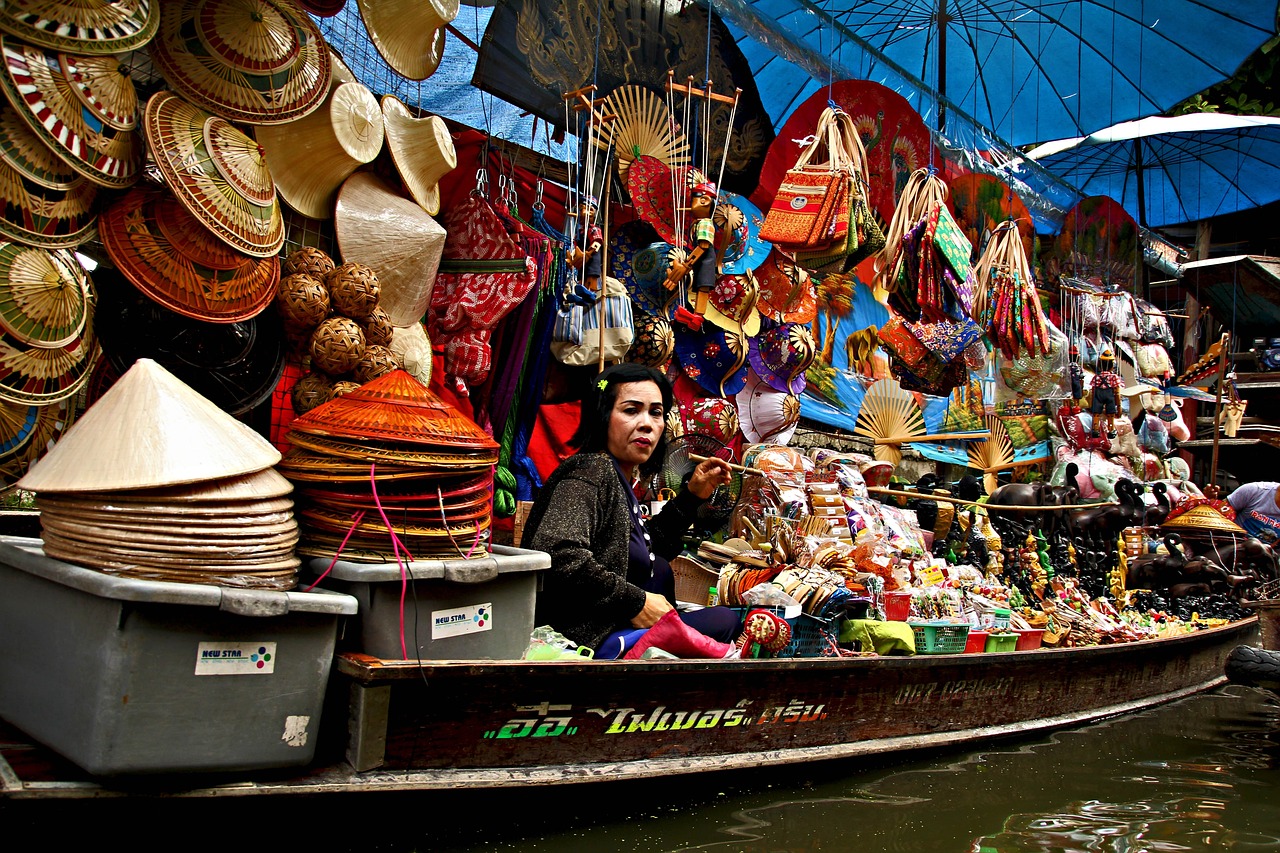
Historical Background of Artifacts
Exploring the ethical and legal complexities surrounding the return of cultural artifacts to their countries of origin, delving into the historical context, challenges faced, and potential solutions in the repatriation debate.
Understanding the colonial legacy and acquisition of artifacts is crucial in comprehending the current repatriation efforts. The history of artifacts often intertwines with colonization, where treasures were taken from their original lands to be displayed in museums around the world. This practice, although once considered a symbol of conquest and superiority, has now sparked debates on the rightful ownership and return of these cultural treasures to their places of origin.
When it comes to repatriating artifacts, international laws and agreements play a significant role in guiding the process. Conventions like UNESCO's 1970 Convention and the Native American Graves Protection and Repatriation Act serve as legal frameworks that establish guidelines for the return of cultural heritage items to their rightful owners. These agreements aim to ensure that artifacts are treated with respect and returned ethically to their countries of origin.
One of the primary challenges in the repatriation process is determining the rightful ownership of artifacts. Issues such as provenance, cultural heritage significance, and conflicting claims between nations and indigenous communities often complicate the identification of who should rightfully possess these treasures. Resolving these ownership disputes requires thorough research, collaboration, and sensitivity to the cultural and historical contexts of the artifacts.
The decisions surrounding artifact repatriation have a profound impact on cultural heritage preservation efforts. While displaying artifacts in global museums can educate and inspire audiences worldwide, returning these items to their original contexts is essential for their conservation and the preservation of cultural identities. Striking a balance between showcasing artifacts globally and preserving them in their native environments is a delicate challenge faced in the repatriation debate.
Repatriation raises significant ethical considerations, including questions of restitution, justice, and respect for indigenous rights. Museums and institutions must grapple with moral obligations to right historical wrongs, acknowledge past injustices, and uphold the dignity and rights of indigenous communities whose cultural heritage has been displaced. The ethical dimensions of repatriation require careful reflection and ethical decision-making.
Engaging with local communities and indigenous groups is paramount in the repatriation process. Meaningful dialogue, collaboration, and mutual consent are essential components of successful repatriation efforts. By involving the communities from which the artifacts originate, museums and governments can ensure that the repatriation process is respectful, inclusive, and beneficial to all parties involved.
Recent case studies and initiatives in repatriation efforts demonstrate evolving approaches taken by museums and governments. Successful returns of artifacts highlight the changing attitudes towards cultural heritage and the growing recognition of the importance of returning these treasures to their rightful homes. The modern era presents new opportunities for collaboration, understanding, and respect in repatriation practices.
Enhancing transparency, cooperation, and cultural diplomacy are key strategies for improving repatriation practices in the future. By fostering open dialogue, resolving disputes amicably, and promoting global understanding and reconciliation, the repatriation process can become a catalyst for positive change and mutual respect among nations and cultural communities.
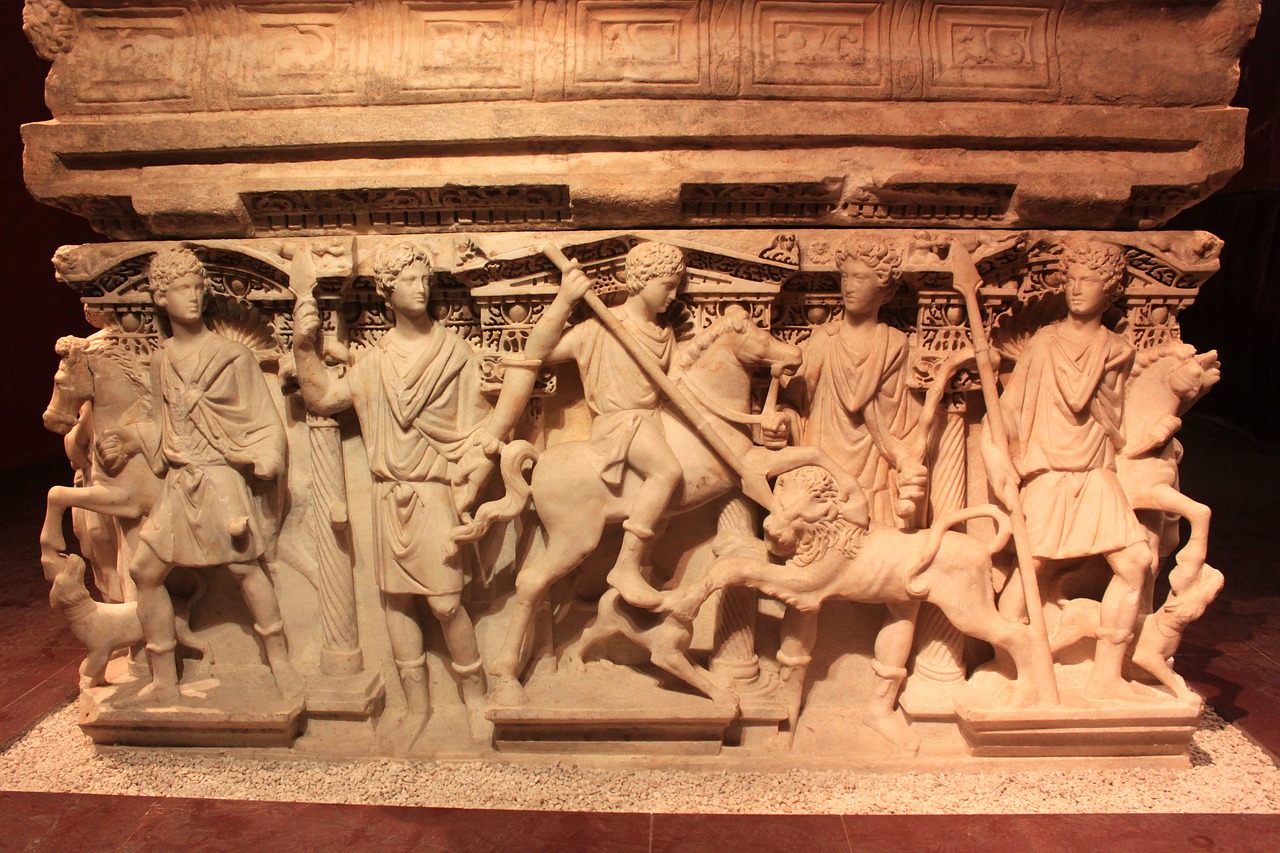
International Laws and Agreements
Exploring the ethical and legal complexities surrounding the return of cultural artifacts to their countries of origin, delving into the historical context, challenges faced, and potential solutions in the repatriation debate.
Understanding the colonial legacy and acquisition of artifacts, examining the implications of past actions on current repatriation efforts, and highlighting key events that have shaped the discourse.
Analyzing the role of international conventions such as UNESCO's 1970 Convention and the Native American Graves Protection and Repatriation Act in guiding repatriation processes and establishing legal frameworks.
Exploring the difficulties in determining rightful ownership of artifacts, including issues of provenance, cultural heritage, and conflicting claims between nations and indigenous communities.
Discussing how repatriation decisions influence cultural heritage preservation efforts, addressing the balance between showcasing artifacts globally and returning them to their original contexts for conservation.
Examining the ethical dimensions of repatriation, including questions of restitution, justice, and respect for indigenous rights, and evaluating the moral obligations of museums and institutions.
Exploring the importance of engaging with local communities and indigenous groups in repatriation processes, emphasizing the need for meaningful dialogue, collaboration, and mutual consent.
Highlighting recent case studies and initiatives in repatriation efforts, showcasing successful returns of artifacts and the evolving approaches taken by museums and governments.
Proposing strategies for enhancing transparency, cooperation, and cultural diplomacy in repatriation practices, outlining potential pathways for resolving disputes and fostering global understanding and reconciliation.
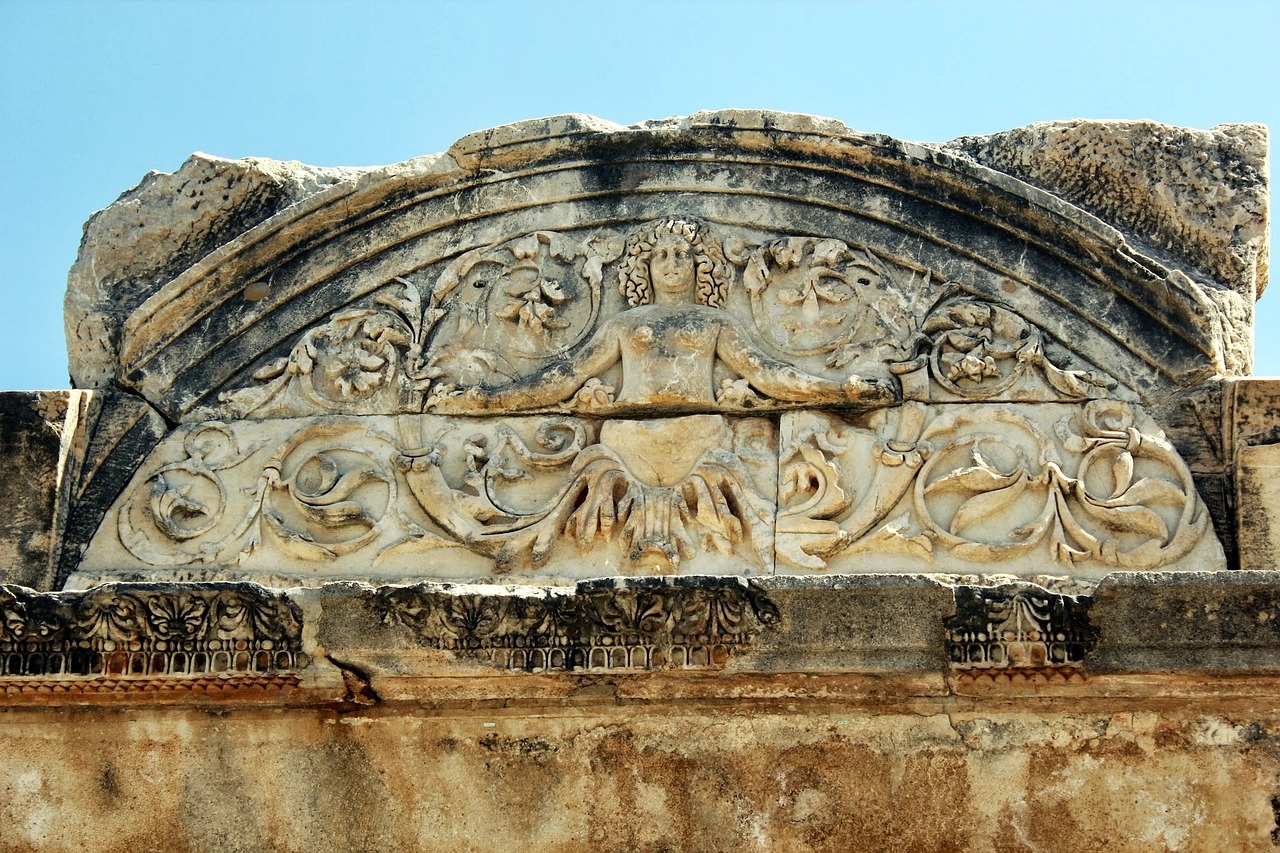
Challenges in Identifying Ownership
When it comes to the repatriation of cultural artifacts, one of the most significant challenges lies in the complex task of determining rightful ownership. This process is often fraught with difficulties, ranging from issues of provenance to conflicting claims between nations and indigenous communities. The question of who has the legitimate claim to an artifact can be a contentious and intricate matter, requiring thorough research and careful consideration.
Provenance, or the documented history of an artifact's ownership, plays a crucial role in establishing rightful ownership. However, the lack of comprehensive records and the murky nature of many acquisitions make it challenging to trace the origins of certain artifacts. This ambiguity can lead to disputes over ownership, with different parties vying for control based on historical, cultural, or legal grounds.
Furthermore, the concept of cultural heritage adds another layer of complexity to the ownership dilemma. Many artifacts have deep cultural significance to indigenous communities, who view them as integral parts of their identity and heritage. Balancing the rights of these communities with the legal frameworks governing international repatriation efforts can be a delicate and sensitive task.
Conflicting claims between nations further complicate the identification of ownership. Disputes over artifacts looted during periods of colonialism or war can spark diplomatic tensions and legal battles, making it challenging to reach consensus on rightful ownership. The competing interests of different countries, each claiming a historical or cultural connection to the artifacts in question, can prolong the repatriation process and hinder efforts to return them to their rightful homes.
In navigating these challenges, stakeholders must engage in open dialogue, transparent research, and respectful negotiations to reach mutually acceptable solutions. Collaboration between museums, governments, indigenous communities, and international organizations is essential to address the complexities of identifying ownership and ensure that cultural artifacts are returned ethically and responsibly.

Impact on Cultural Heritage Preservation
When discussing the repatriation of cultural artifacts, one cannot overlook the significant impact it has on cultural heritage preservation. The decision to return artifacts to their countries of origin raises crucial questions about the balance between showcasing these treasures globally and their conservation within their original contexts.
Imagine a precious artifact, intricately linked to the history and identity of a community, displayed in a distant museum. While it may attract visitors and contribute to cultural exchange, its absence from its homeland can result in a loss of connection to the heritage it represents. This dilemma underscores the delicate interplay between the universal value of cultural artifacts and their specific cultural significance.
Moreover, repatriation decisions can have a direct bearing on the efforts to safeguard and conserve cultural heritage. Returning artifacts to their rightful owners often entails the implementation of specialized conservation practices and the establishment of appropriate display conditions. By repatriating these treasures, not only are their physical integrity and authenticity preserved, but the cultural narratives they embody are also safeguarded for future generations.
Furthermore, the act of repatriation can serve as a catalyst for broader discussions on the protection of cultural heritage worldwide. It prompts institutions and governments to reevaluate their approaches to artifact acquisition, display, and restitution, fostering a deeper appreciation for the diverse cultural legacies that enrich our global heritage.
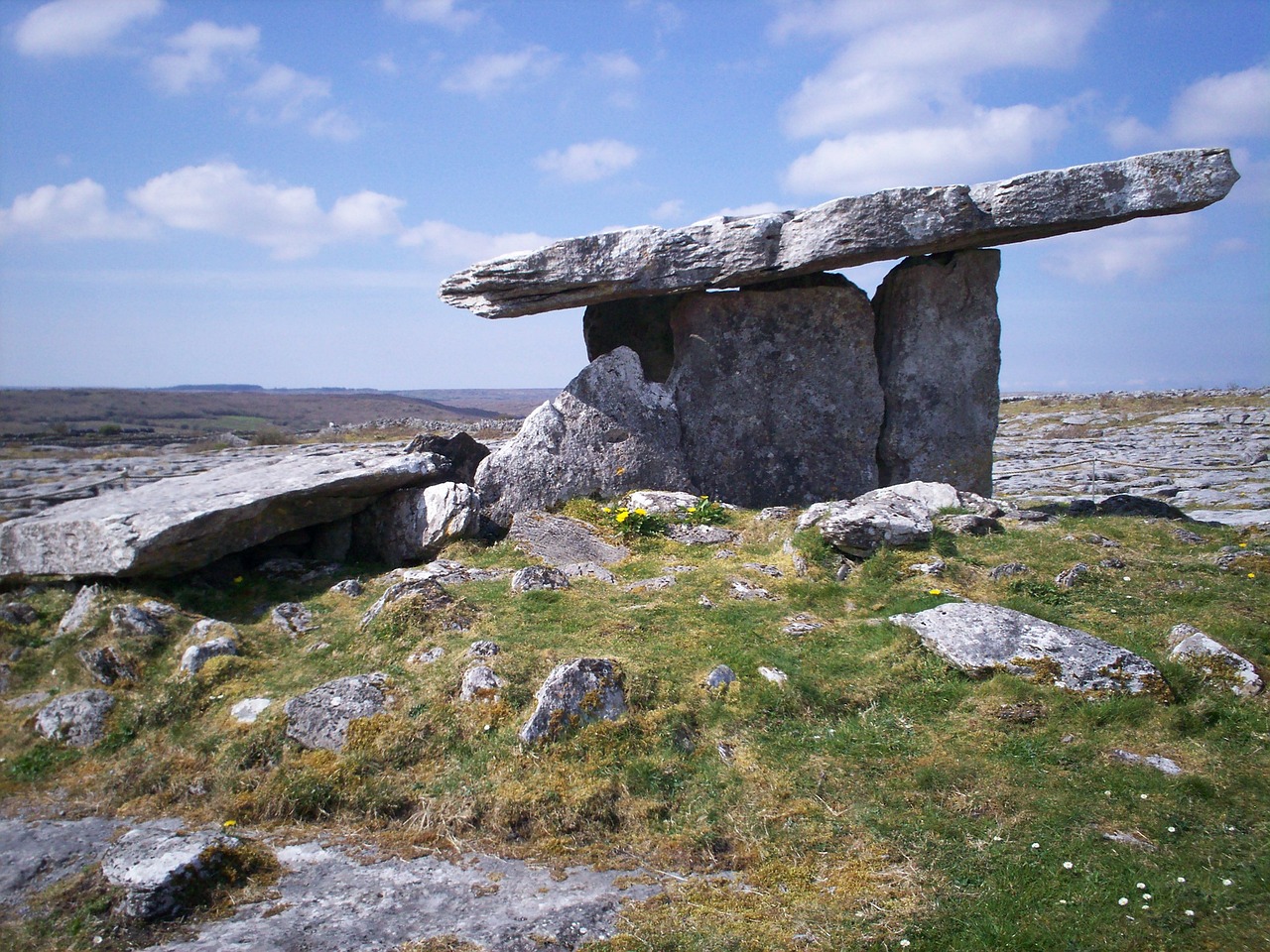
Ethical Considerations in Repatriation
Exploring the ethical and legal complexities surrounding the return of cultural artifacts to their countries of origin, delving into the historical context, challenges faced, and potential solutions in the repatriation debate.
Understanding the colonial legacy and acquisition of artifacts, examining the implications of past actions on current repatriation efforts, and highlighting key events that have shaped the discourse.
Analyzing the role of international conventions such as UNESCO's 1970 Convention and the Native American Graves Protection and Repatriation Act in guiding repatriation processes and establishing legal frameworks.
Exploring the difficulties in determining rightful ownership of artifacts, including issues of provenance, cultural heritage, and conflicting claims between nations and indigenous communities.
Discussing how repatriation decisions influence cultural heritage preservation efforts, addressing the balance between showcasing artifacts globally and returning them to their original contexts for conservation.
Examining the ethical dimensions of repatriation, including questions of restitution, justice, and respect for indigenous rights, and evaluating the moral obligations of museums and institutions.
Exploring the importance of engaging with local communities and indigenous groups in repatriation processes, emphasizing the need for meaningful dialogue, collaboration, and mutual consent.
Highlighting recent case studies and initiatives in repatriation efforts, showcasing successful returns of artifacts and the evolving approaches taken by museums and governments.
Proposing strategies for enhancing transparency, cooperation, and cultural diplomacy in repatriation practices, outlining potential pathways for resolving disputes and fostering global understanding and reconciliation.
FAQs will be added here.
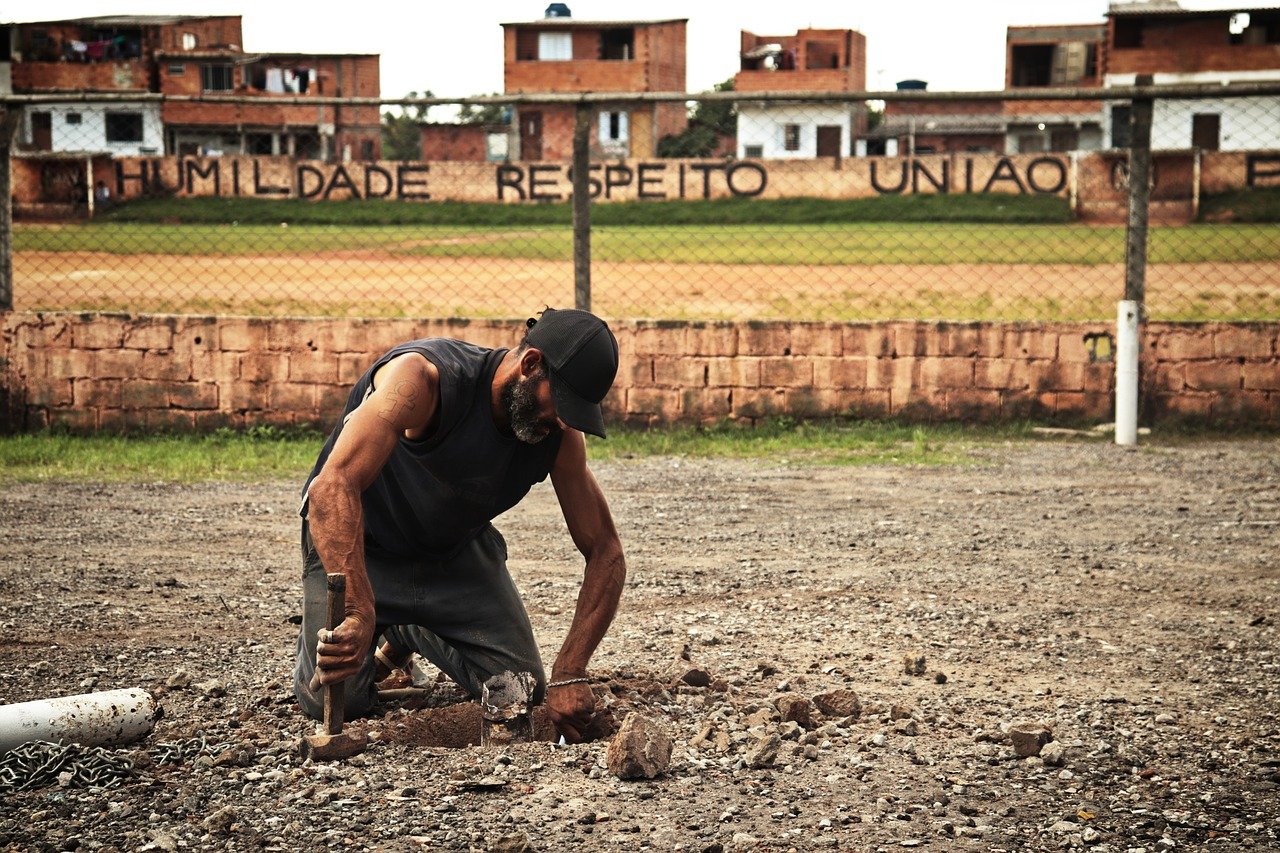
Community Involvement and Consultation
Community involvement and consultation play a crucial role in the repatriation of cultural artifacts, as they ensure that the process is respectful, inclusive, and beneficial to all parties involved. By engaging with local communities and indigenous groups, museums and institutions can gain valuable insights, build trust, and foster meaningful relationships that are essential for successful repatriation efforts. This collaborative approach not only acknowledges the rights and perspectives of the communities from which the artifacts originate but also promotes cultural exchange and mutual understanding.

Repatriation Practices in the Modern Era
Repatriation practices in the modern era have undergone significant evolution, reflecting a growing awareness of the importance of returning cultural artifacts to their countries of origin. Museums and governments around the world are increasingly recognizing the ethical imperative of repatriation, leading to a shift in approaches and attitudes towards restitution.
One notable trend in modern repatriation practices is the emphasis on proactive collaboration and dialogue with source communities. Institutions are engaging in meaningful consultations with indigenous groups to ensure that repatriation decisions are informed by the perspectives and wishes of the communities to which the artifacts belong. This approach not only fosters mutual respect and understanding but also helps build trust and cooperation between stakeholders.
Moreover, technological advancements have played a crucial role in facilitating repatriation efforts in the modern era. Digital documentation and imaging techniques have enabled more accurate cataloging and sharing of information about artifacts, making it easier to trace their provenance and establish rightful ownership. This transparency in documentation has been instrumental in resolving ownership disputes and expediting the repatriation process.
Furthermore, the growing recognition of the cultural and spiritual significance of artifacts to source communities has led to a reevaluation of the value of repatriation beyond legal and ethical considerations. Museums and institutions are increasingly acknowledging the intangible heritage associated with artifacts and the need to honor and preserve indigenous knowledge and traditions through their return.
In recent years, several high-profile repatriation cases have garnered international attention, showcasing the changing landscape of cultural restitution. From the return of ancestral remains to the repatriation of sacred objects, these initiatives highlight the commitment of museums and governments to rectifying historical injustices and fostering cultural exchange based on mutual respect and understanding.
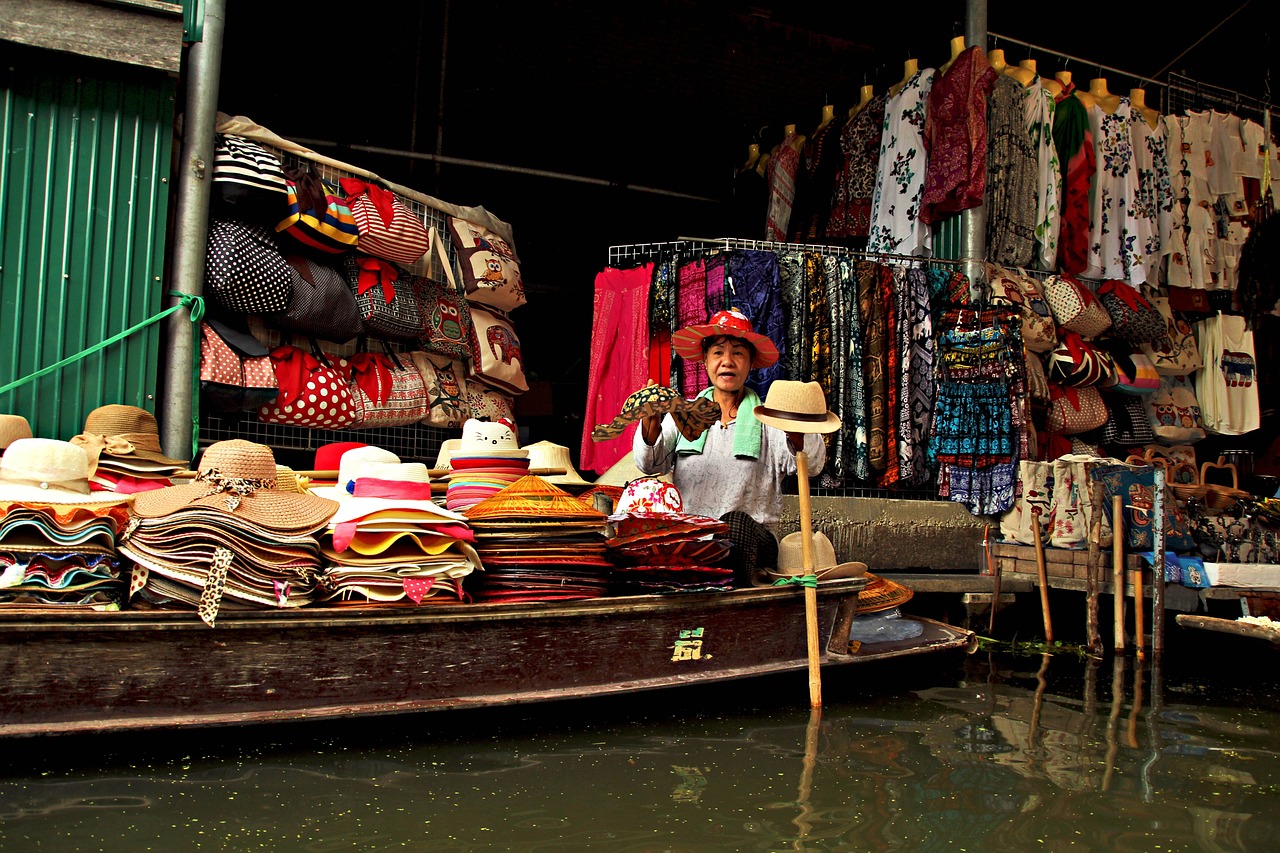
Future Prospects and Recommendations
When considering the future prospects and recommendations regarding the repatriation of artifacts, it is crucial to prioritize transparency, cooperation, and cultural diplomacy. By fostering open communication and collaboration between nations, museums, and indigenous communities, the repatriation process can be significantly enhanced. Establishing clear guidelines and protocols for repatriation cases can help streamline the decision-making process and ensure that all parties involved are treated with respect and fairness.
Furthermore, promoting cultural exchange and understanding through repatriation initiatives can lead to greater global cooperation and reconciliation. By acknowledging the historical injustices related to artifact acquisition and actively working towards restitution, museums and institutions can demonstrate a commitment to ethical practices and indigenous rights. Embracing a forward-looking approach that values inclusivity and diversity in cultural heritage management is essential for building a more equitable and harmonious future.
Frequently Asked Questions
- What are cultural artifacts?
Cultural artifacts are objects that hold historical, cultural, or artistic significance to a particular group or society. These can include artworks, sculptures, artifacts, or objects of historical importance that represent a specific culture or civilization.
- Why is the repatriation of artifacts important?
The repatriation of artifacts is crucial for addressing historical injustices, promoting cultural heritage preservation, and respecting the rights of indigenous communities. It helps restore cultural identity, fosters reconciliation, and encourages international cooperation in safeguarding global heritage.
- How are ownership rights of artifacts determined?
Ownership rights of artifacts are often complex and involve considerations of provenance, historical context, legal agreements, and cultural heritage laws. Determining rightful ownership requires thorough research, consultation with stakeholders, and adherence to international conventions and ethical standards.
- What role do museums play in the repatriation process?
Museums play a significant role in the repatriation process by serving as custodians of cultural artifacts, facilitating research, promoting public education, and engaging in dialogues with source communities. They have a responsibility to balance the display of artifacts with ethical considerations and respect for cultural diversity.
- How can individuals support repatriation efforts?
Individuals can support repatriation efforts by raising awareness about the importance of cultural heritage, advocating for ethical practices in museums and institutions, and engaging in discussions on restitution and indigenous rights. By promoting dialogue and understanding, individuals can contribute to global efforts towards repatriation and cultural justice.

